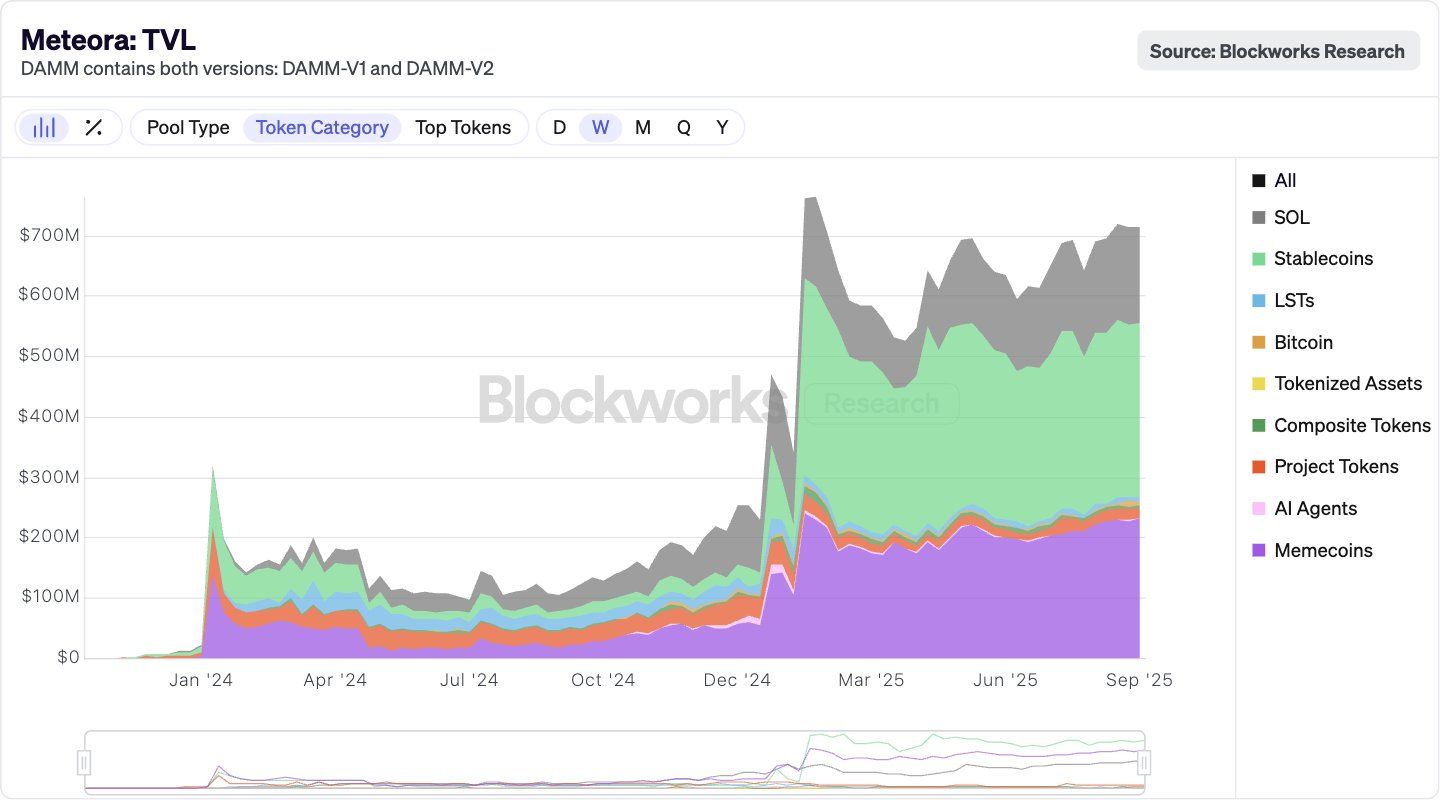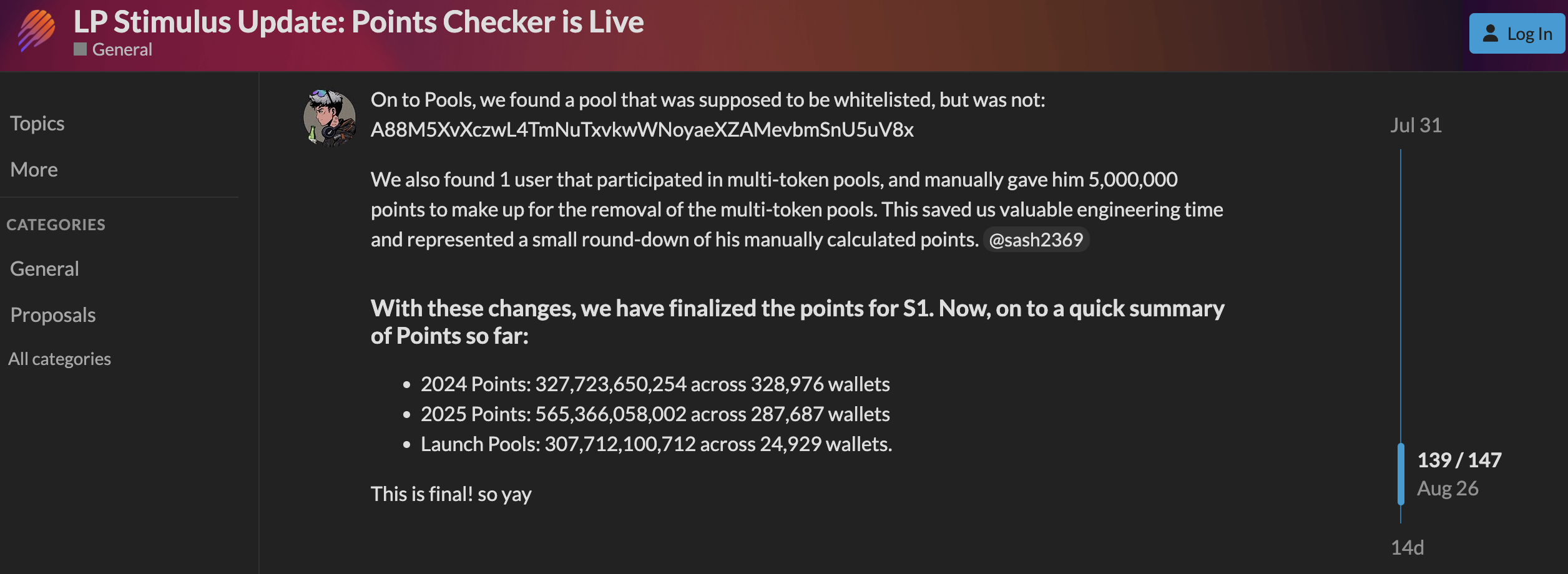Meteora, the main dynamic liquidity protocol in Solana, has entered a “hot” phase when announcing plans to celebrate its tokens generation event (TGE) in October, with Met as Central Token.
The weather points system has already attracted hundreds of thousands of wallets. This event will probably create a new wave in the Defi market together with the existing system. However, it also carries significant risks of the allocation and sale of sales. It will be a crucial proof of the possible advance of the weather in the fourth quarter of 2025.
Sponsored
Sponsored
What is ateora?
Meteora is a dynamic liquidity protocol within the solana ecosystem (Sol). It is widely recognized by its dynamic liquidity market manufacturer model (DLMM), which allows capital efficiency and optimized negotiation rates.
Meteora has obtained around $ 10 million in revenues in the last 30 days. Almost all these income comes from Memecoin’s commercial activity. August was the second best meteor month registered for the volumes of Sol-Stablocoin with $ 5.5 billion.
Meteora has more than $ 700 million on TVL, $ 300 million in Stablecoins, and more than $ 150 million in sun. Jupiter (JUP) is the most popular aggregator (80% of the volume of aggregator DEX) used by meteorite merchants. Retail/without permission pools won more than $ 15 billion last month in LP rates, And Memes coins pools were the most popular.

Tokens generation event
Sponsored
Sponsored
The project has officially confirmed the organization of a tokens generation event (TGE) in October, with MET as a central element. This represents a fundamental moment for Meteora and the broader solana ecosystem, as MET will become a direct link within the liquidity mechanisms that the project is building. The way MET is integrated into liquidity groups, rethinking programs or incentive structures will significantly affect the intrinsic value of the token and the market reaction immediately after TGE.
The tokens Met distribution for season 1 is based on a points mechanism. The data show that approximately 327.7 billion points (2024) were distributed in 328,976 wallets. In addition, 565.3 billion points (2025) were distributed in 287,687 wallets. The launch group distributed 307.7 billion points in 24,929 wallets.

This assignment highlights a significant imbalance in concentration. While hundreds of thousands of wallets received regular activities points, only about twenty -five thousand in the launch group captured a disproportionately large participation.
In particular, the “Airdrop” mechanism, which allows users to claim tokens directly from the group, can accelerate liquidity, but can also expose the market to sudden price fluctuations if they are not properly controlled. This means a greater concentration of reward and the risk of significant sales pressure as soon as the TGE of Meteora occurs.
However, Met has not yet officially revealed the complete details of his tokenomic. These missing details include total supply distribution, community assignment and equipment award schedules. The company has not revealed the award of DAO or any cliff schedule. Previously, Meteora proposed to assign 25% of the tokens Met supply to liquidity rewards and the TGE reserve.
The October TGE is a decisive milestone for Meteora. It marks the official MET debut and is a real world proof of the dynamic liquidity model of the protocol. Even so, the risks of concentrated allocations, terms of potentially unfavorable award and the subsequent air sales pressure remains challenges that investors must carefully navigate.


